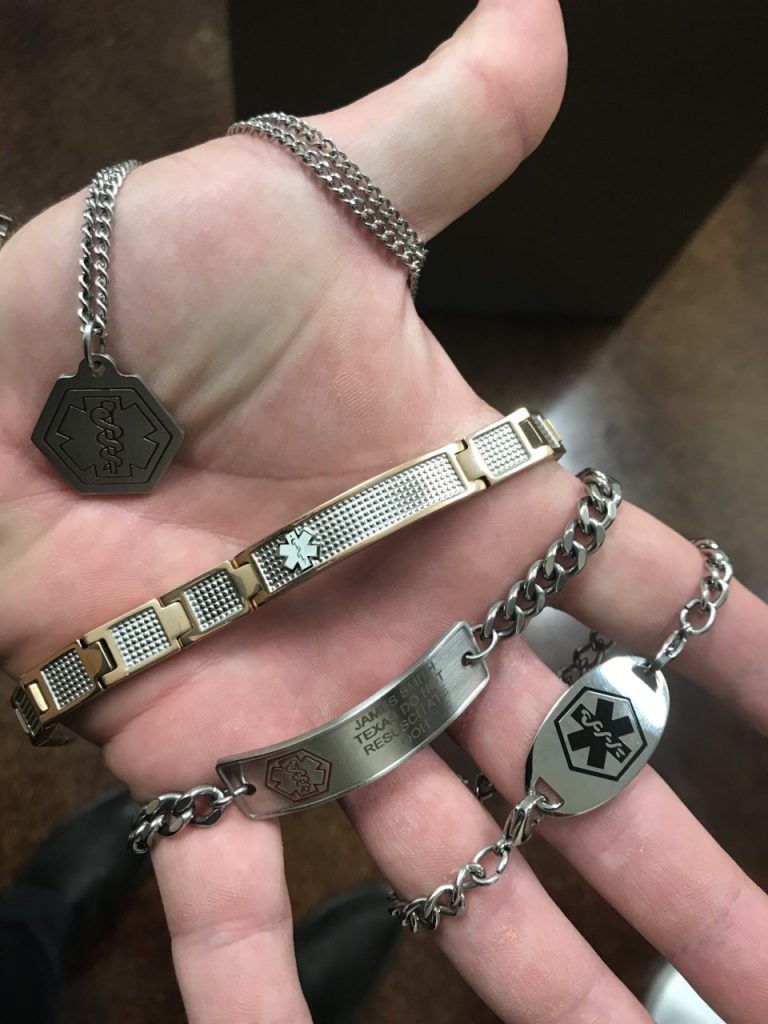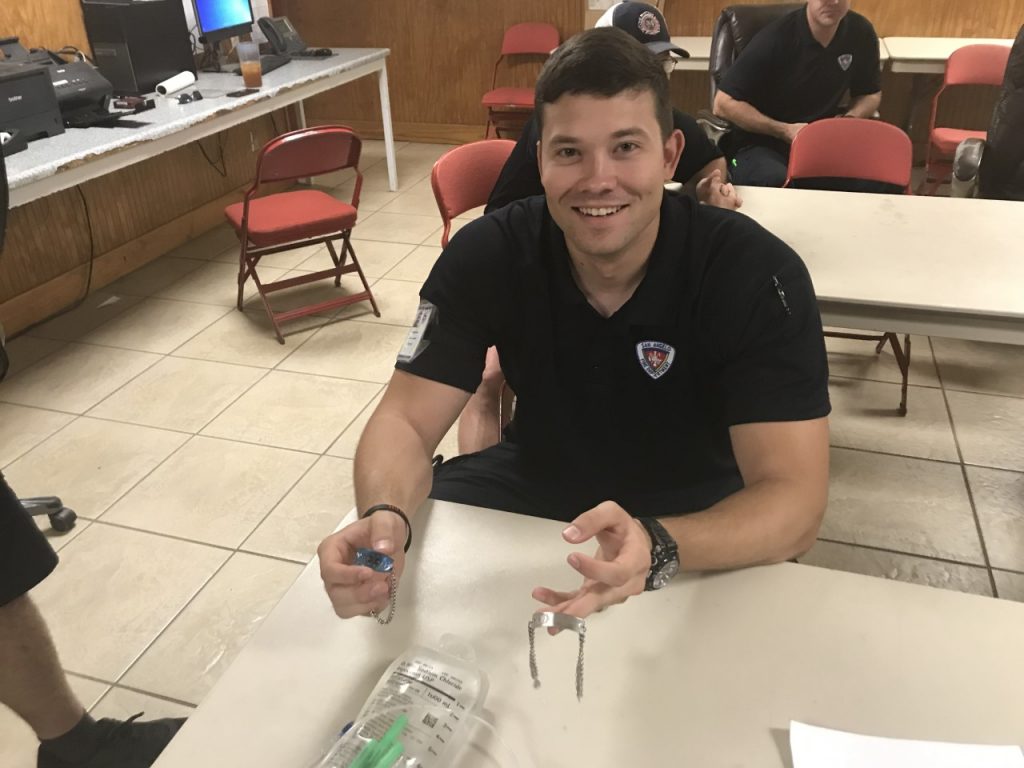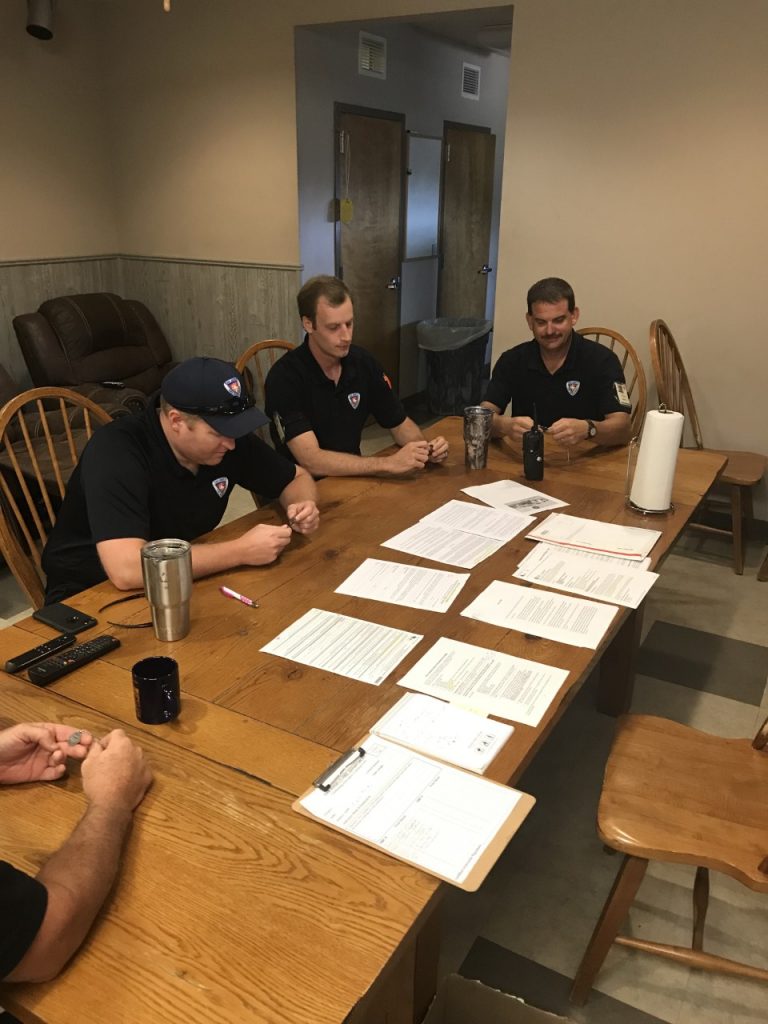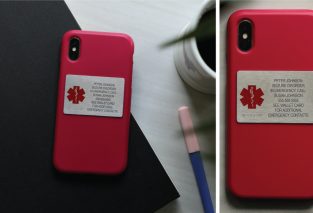One of the most common questions about medical IDs is if emergency responders check for them. In a survey conducted by American Medical ID, 95% of responders look for medical alert jewelry around a patient’s neck or wrist. EMS protocols in the US and around the world include searching for a form of medical information when a patient is checked from head to toe. Information found on medical identification can be crucial in avoiding medical errors, especially when the wearers can’t speak for themselves.
Keeping first responders like EMTs and fire fighters updated of medical ID products, their evolving styles, and expanding use are critical to ensure everyone’s health and safety, especially in the most difficult times of disasters and emergencies. This includes alerting responders of a Do Not Resuscitate or DNR order.
What is a Do Not Resuscitate (DNR) Order?
According to Aging Care, a do-not-resuscitate order (DNR), is a legally binding physician’s order stating that no steps will be taken to restart a patient’s heart or restore breathing if the patient experiences cardiac arrest or respiratory arrest. These steps or resuscitation measures include cardiopulmonary resuscitation (CPR), intubation, artificial ventilation, or defibrillation.
Having a DNR order does not mean that a patient wants to die or that health providers should not take care of them.
Top 5 Reasons Why People Get a DNR Order
- There is no medical benefit expected. CPR wasn’t meant for people who are terminally ill or have severe health problems. CPR is not likely to be successful for these people.
- Quality of life would suffer. Sometimes CPR is only partly successful. Though the patient survives, they may suffer damage to the brain or other organs or permanently may be dependent on a machine to breathe. This can be particularly true for the elderly and very frail.
- Death is expected soon. Persons with terminal illness may not want aggressive interventions but prefer a natural peaceful death.
- Prevent over treatment of elderly/disabled Medicare/Medicaid patients for the profit motive.
- Save money for Medicare and the private insurers in the form of the reduction of end-of-life costs for Medicare and the private insurers when elderly Medicare/Medicaid patients would ELECT/CHOOSE to refuse expensive ICU/CCU life-extending or life-saving treatments in the hospital in order to shorten their suffering unto a certain death.
Sources: Brigham Health , The Patient Self-Determination Act (PSDA)
Laws about advance directives and do not resuscitate orders are different in each state. Visit this page and select your state to learn more.
EMT Training on Recognizing DNR Orders and Medical IDs
The San Angelo, TX Fire Department (SAFD) recently conducted a training focused on DNR orders and teaching EMTs how to recognize and honor them when assessing patients. DNR medical alert IDs from American Medical ID were used to add relevance to the subject matter and provide something tangible for the responders to relate to the education.
First responders from the San Angelo Fire Department familiarize themselves with DNR medical alert jewelry.
Although state laws vary, it is typical for emergency medical services personnel who are presented with a valid DNR form, signed by your doctor, or who identify a standard DNR bracelet, to comply with a DNR order.
What to Engrave on a DNR Medical Alert ID
If a person obtains a DNR order, it is important to remind healthcare professionals about the DNR. One way to clearly communicate and advocate for a DNR order is by having it engraved on a medical alert ID bracelet or necklace.
Full name – to assist responders in checking your DNR status
DNR status – this can be engraved as “Do Not Resuscitate” or “DNR” for short.
State – responders may need this information as state laws vary.
Emergency contact – someone who can help responders confirm and access the DNR order on your behalf. This can be your family member, doctor, lawyer, etc.
Important Things to Remember for Medical ID Wearers
- Ensure that your ID is easily recognized by responders. Only get your medical ID from a reputable company that has years of experience in the health community. Did you know? American Medical ID is the leading manufacturer of medical IDs for over 24 years.
- Keep your medical ID updated and easy to read. Regularly check if your medical ID still reflects accurate information about your health, medication, DNR order, or emergency contacts. Is your medical ID still legible or do scratches or tarnish caused by wear and tear make it hard to read? Consider these things carefully and contact us if you need a new medical ID.
- Always wear your medical ID. Emergencies can happen anytime, even when you are on vacation or traveling. A medical ID is only effective when it is worn and can be accessed by first responders.
- Make use of an emergency wallet card. This can help provide more information about your health and emergency contacts that may not necessarily need to be on your medical ID. It is also a good back up to have if you forget to wear your medical ID jewelry.









1 comments On First Responders Trained to Look for Medical Alert IDs, DNR Orders
I was recently taken to hospital by ambulance. Neither the ambulance or hospital would attempt yo read my UBS as they where concerned with virus being spread on their computers
Comments are closed.